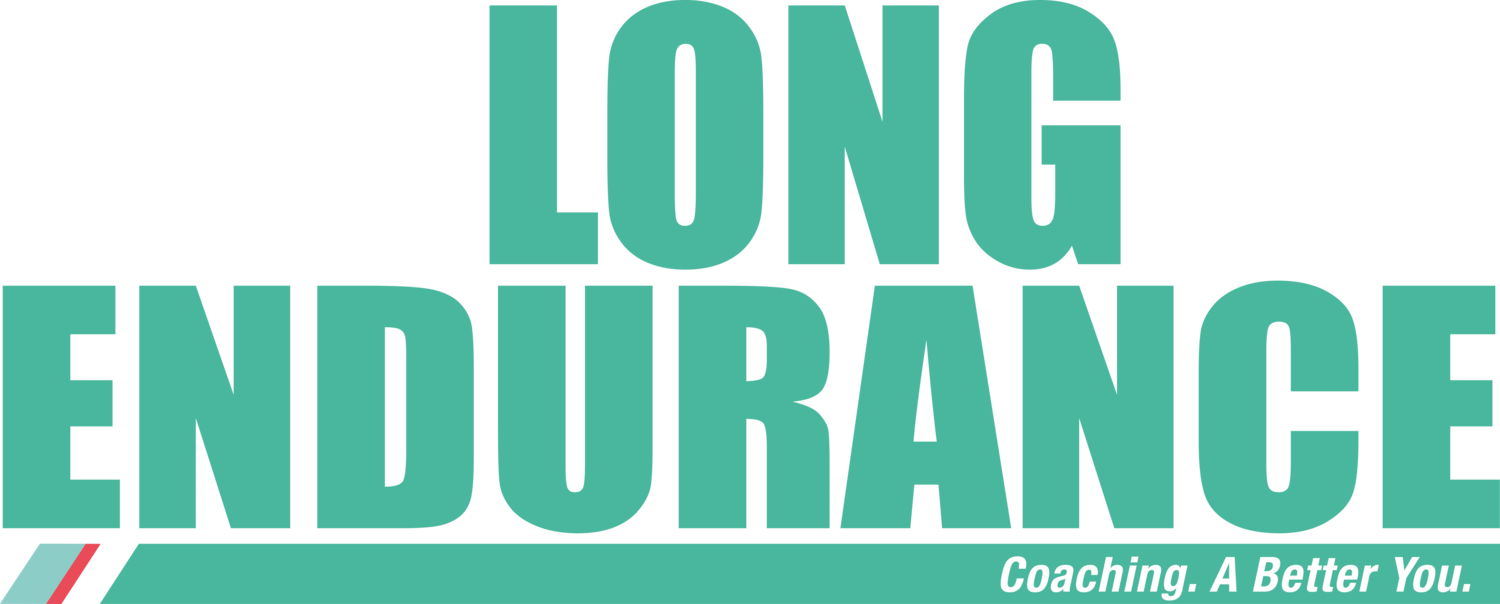You should fail your workouts
Now and again it’s good to have a workout where you completely fail. Not because it’s a good ego check to be reminded that you’re an infallible human. It’s good to have the occasional workout that you blow up on. It’s a building block of being an athlete. This doesn’t mean that you set out with a plan of reckless abandon but instead, it’s the willingness to fail. That you put yourself out there on that last rep and see what you’re capable of and if you blow up 300m into your final 400 - you know you gave it 100%
The cost of playing it safe can often mean that you don’t know your true limits. It may sound a bit cliche but you’ll only know your limit once you’ve gone too far. It’s far better to do this in a workout than to test it on race day. The occasional small failure or blow up can hurt at first but it will show you without question just what you’re capable of. Failing in a workout is rarely because you’re weak it’s because we didn’t have everything as dialed in as we thought. Having a failure in your workout and knowing how to recover and comeback is a learned skill. Know the difference between a true failure and a perceived failure. A true failure is when you stop trying.
Think of the two trees in the forest. One is rigid and stiff, the other is flexible and bends. When a strong wind comes, the rigid tree snaps while the flexible tree stands and grows stronger roots. An athlete can be like either of these trees. If met with an obstacle (wind) such as a “bad” workout, the runner can either allow themselves to feel broken, or become flexible and become a stronger athlete. There is no such thing as a “perfect” workout, athlete, or race, it is all a process of learning and growing.
What we can learn from “Failure”
Getting upside down on a workout. This is a great lesson in wow to pace yourself in a workout. Progress your effort instead of flying out the gates.
How to dial in your nutrition before a workout. Document what you ate on the bad days, make sure you also write down what you ate on the days that were awesome.
Bonking in a long run or specific endurance workout. You’ll understand how to fuel better at pace, how to hydrate better under stress.
Bonking on a long run #2 - How to bounce back from a bonk. If you’re going to spend anytime racing ultras bonking is not and IF it’s a WHEN. Hitting lows in your workouts and recovering is a skill that has to be practiced.
If failure is defined as when you stop trying. Success is putting yourself in the position to fail and moving beyond that moment in time and learning how to improve. If we don’t stumble, or fall now and again we will stagnate. Playing it safe is comfortable but growth happens outside of our comfort zone. Go out, fail gracefully and grow!

